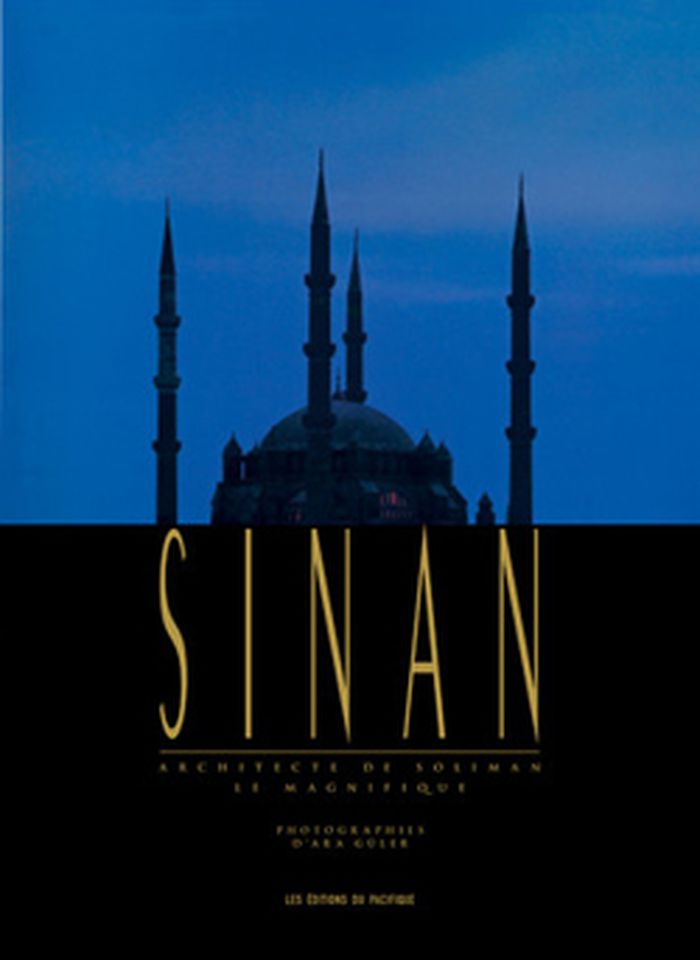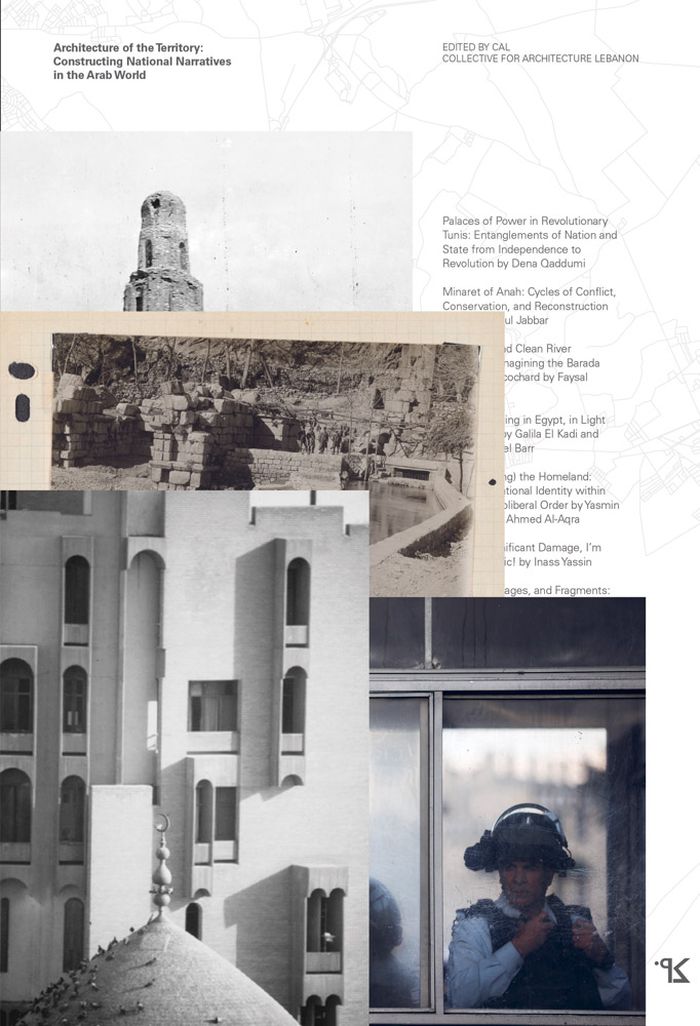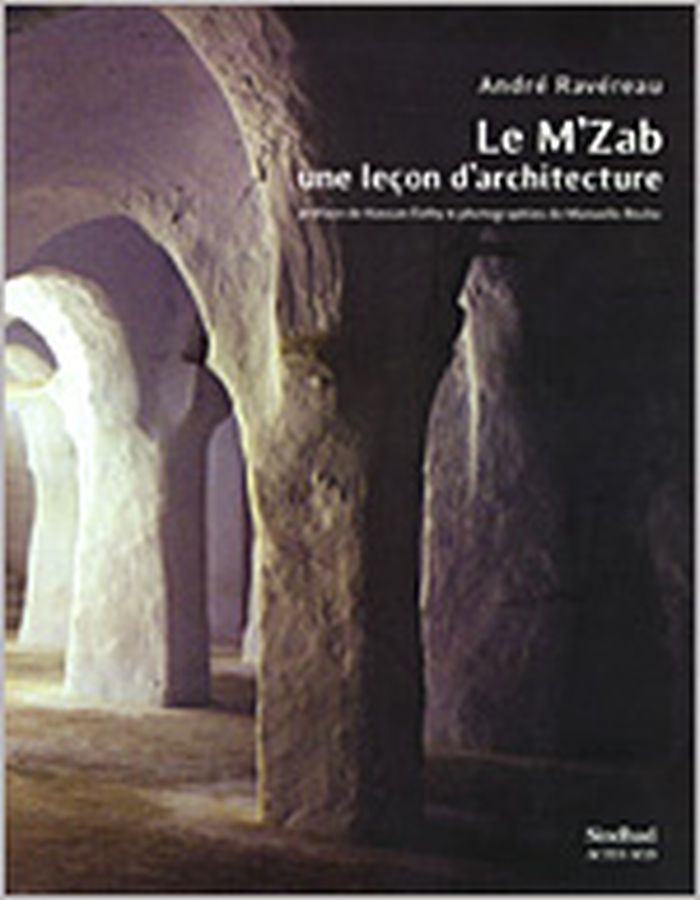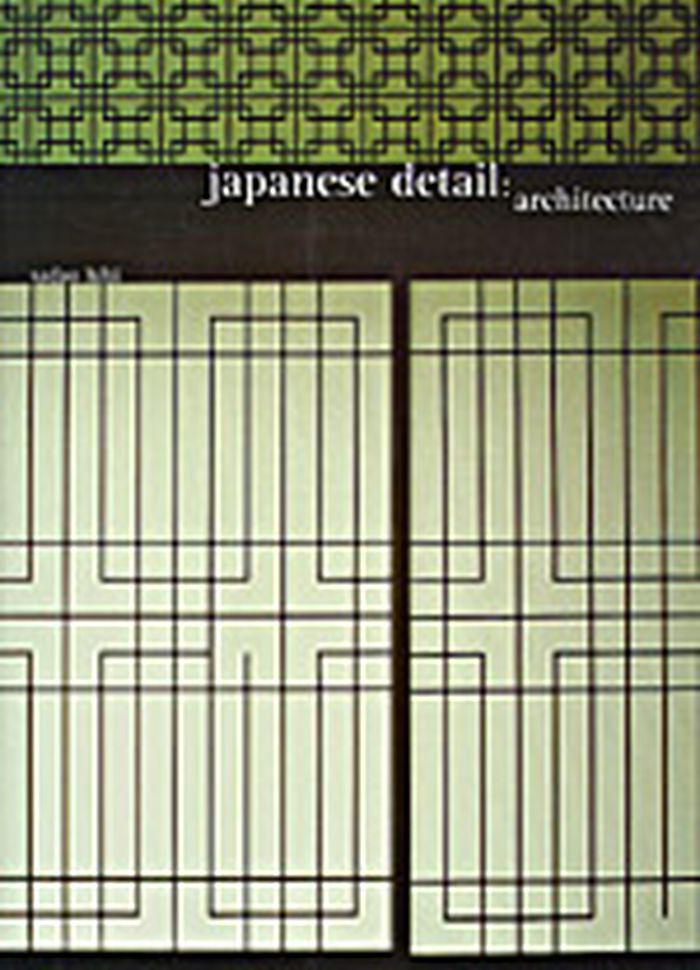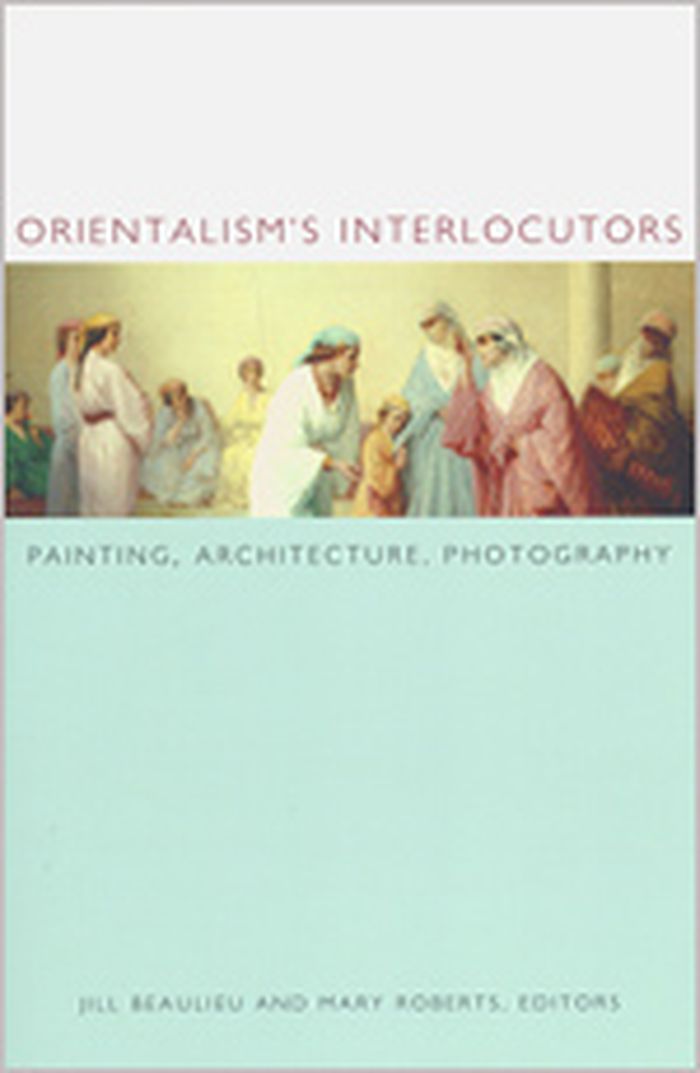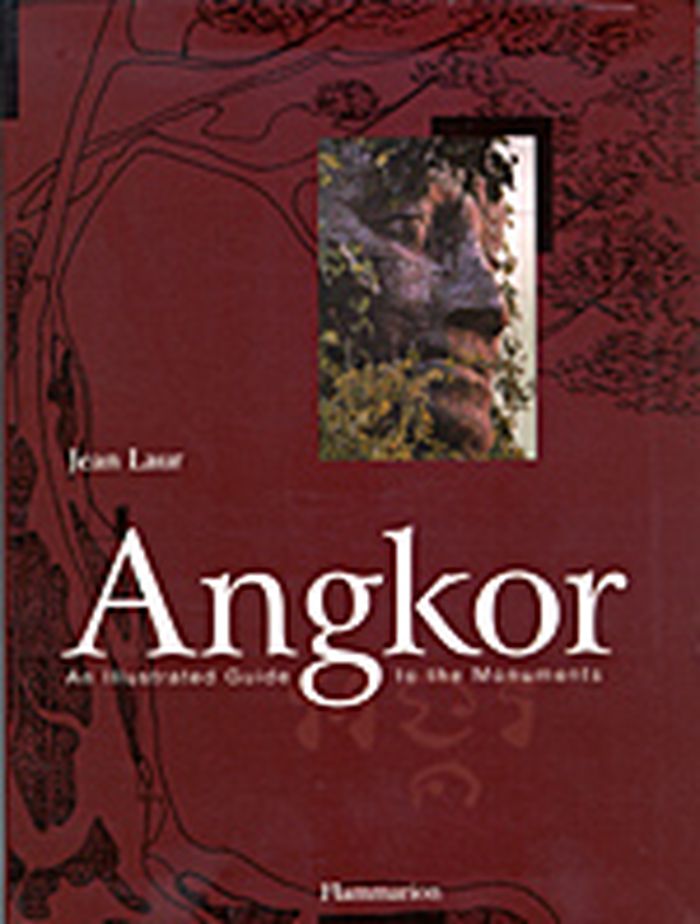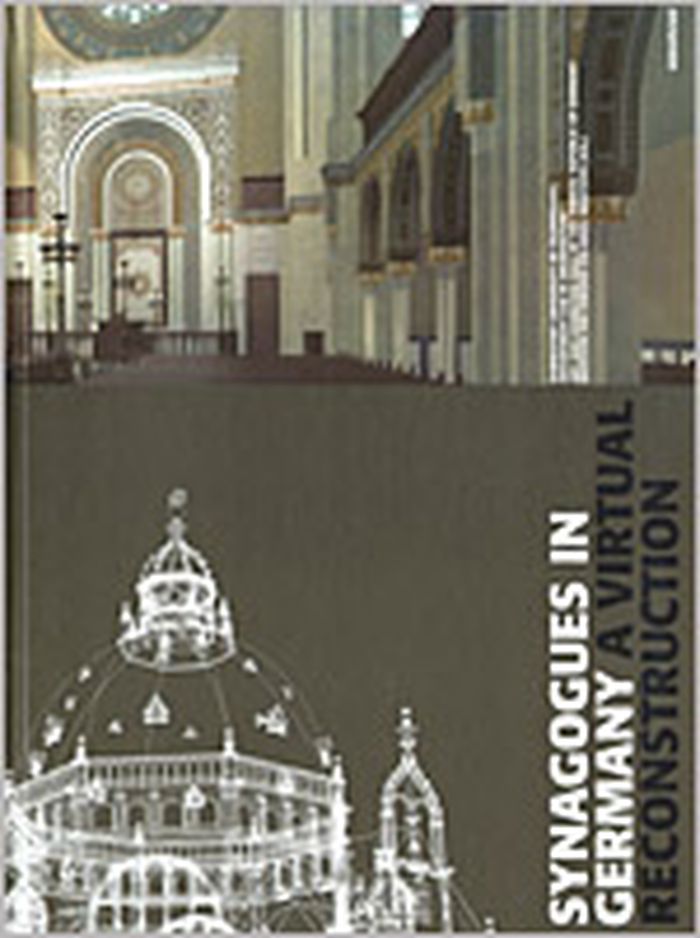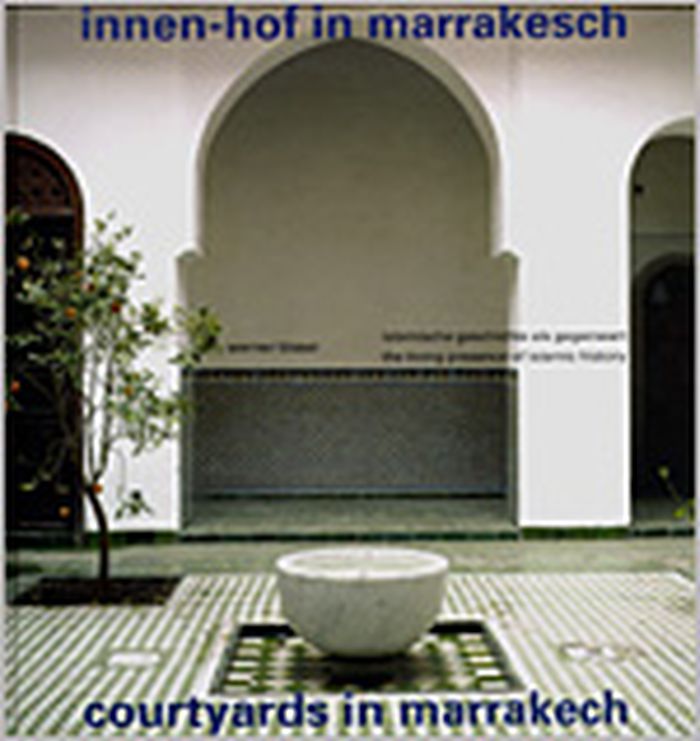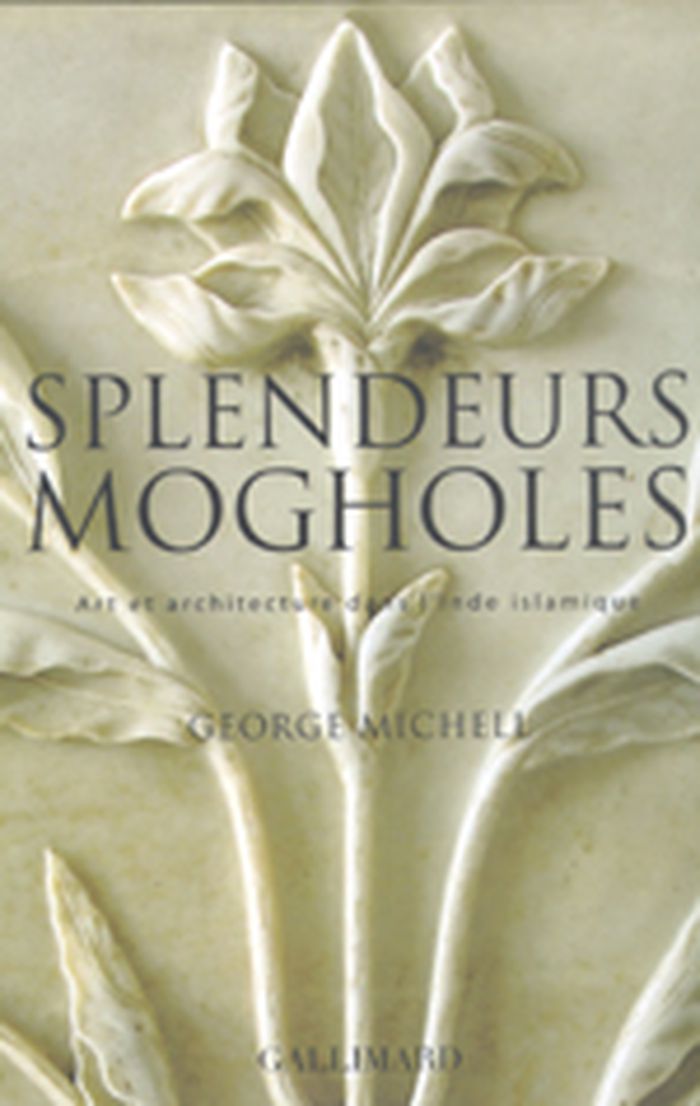$65.95
(available to order)
Summary:
Au seizième siècle, l’Empire ottoman est à son apogée. Alors que Michel-Ange travaille à la construction de Saint-Pierre du Vatican, Sinan, architecte impérial du sultan, érige les plus célèbres mosquées ottomanes, parmi lesquelles la Süleymaniye et la Selimye. Qui aurait pu prédire le destin de cet enfant chrétien – sa famille est originaire d’Arménie – arraché aux(...)
Sinan, architecte de Soliman le magnifique
Actions:
Price:
$65.95
(available to order)
Summary:
Au seizième siècle, l’Empire ottoman est à son apogée. Alors que Michel-Ange travaille à la construction de Saint-Pierre du Vatican, Sinan, architecte impérial du sultan, érige les plus célèbres mosquées ottomanes, parmi lesquelles la Süleymaniye et la Selimye. Qui aurait pu prédire le destin de cet enfant chrétien – sa famille est originaire d’Arménie – arraché aux siens pour servir l’Empire ottoman ? Enrôlé et converti, le jeune Sinan parcourt le vaste territoire ottoman au sein du corps des janissaires. De Damas en Bulgarie, de Bagdad à Istanbul, ce fils de charpentier passe vingt-cinq ans dans le génie à construire et restaurer des ponts, des forteresses et autres édifices civils ou religieux. En 1538, il a cinquante ans quand, ses mérites reconnus, il est nommé architecte impérial sur ordre du sultan. Sous les règnes de Soliman le Magnifique, de Selim II, puis de Murat III, Sinan construit plus de cinq cents bâtiments (mosquées, palais, écoles, ponts, hôpitaux…) à travers l’empire. Illustré de photographies d’Ara Güler ainsi que de plans d’architecte, Sinan, architecte de Soliman le Magnifique présente les plus grandes réalisations de l’architecte ottoman et atteste l’accomplissement d’un homme qui a laissé son empreinte sur une civilisation entière. Son œuvre et ses mémoires constituent un témoignage essentiel sur l’âge d’or ottoman.
Arch Middle East
$76.95
(available to order)
Summary:
This publication examines the role of national narratives in defining the Arab territory through the strategic implementation of architecture and urban planning. The Arab region, home to 423,000,000 inhabitants, is almost twice the size of the United States but still lacks sufficient and accessible research. "Architecture of the territory" uncovers the mechanisms that(...)
Architecture of the territory: Constructing national narratives in the arab world
Actions:
Price:
$76.95
(available to order)
Summary:
This publication examines the role of national narratives in defining the Arab territory through the strategic implementation of architecture and urban planning. The Arab region, home to 423,000,000 inhabitants, is almost twice the size of the United States but still lacks sufficient and accessible research. "Architecture of the territory" uncovers the mechanisms that have shaped this distinct territory, providing a critically overdue examination of the dichotomy between the overplanned cities of autocratic governments and the post-conflict urban sprawls of precarious states in the Arab world, where national narratives have acted as a vehicle to implement the development of these territories. The book opens a dialogue between young Arab researchers and professionals covering, among other subjects, tensions inherited from colonial borders; agricultural strategies; and imported housing typologies and narratives. The content draws a parallel to similar issues found in the global architectural discourse of today.
Arch Middle East
$80.95
(available to order)
Summary:
Au Sahara, mille ans d’une architecture exemplaire sans architecte ont inspiré une philosophie de la ville à André Ravéreau. Le progrès technique aujourd’hui, dans sa fuite en avant, ne permet plus aux architectes que d’être ses expérimentateurs. Dans ce périlleux exercice, et privés des certitudes anciennes, il nous faut donc redoubler de vigilance pour que(...)
Le M'Zab, une leçon d'architecture
Actions:
Price:
$80.95
(available to order)
Summary:
Au Sahara, mille ans d’une architecture exemplaire sans architecte ont inspiré une philosophie de la ville à André Ravéreau. Le progrès technique aujourd’hui, dans sa fuite en avant, ne permet plus aux architectes que d’être ses expérimentateurs. Dans ce périlleux exercice, et privés des certitudes anciennes, il nous faut donc redoubler de vigilance pour que l’architecture garde un sens. Une société, autrefois, a été poussée à choisir, en toute connaissance des prouesses techniques et des raffinements décoratifs d’alors, de partir des besoins élémentaires de l’homme, d’étudier les matériaux présents, le climat, et de construire sans ornements, dans la plus stricte et élémentaire logique.
Arch Middle East
$31.95
(available to order)
Summary:
From luminescent "shoji" screens to rough-hewn flagstone paths, from ornate doorways to the round windows of a tea ceremony room. "Japanese detail : architecture" surveys elements of Japanese design. A portfolio of images by Sadao Hibi.
Japanese detail : architecture
Actions:
Price:
$31.95
(available to order)
Summary:
From luminescent "shoji" screens to rough-hewn flagstone paths, from ornate doorways to the round windows of a tea ceremony room. "Japanese detail : architecture" surveys elements of Japanese design. A portfolio of images by Sadao Hibi.
Arch Middle East
$31.50
(available to order)
Summary:
Orientalism's Interlocutors contests the idea that Orientalist art simply expresses the politics of Western domination and argues instead that it was often produced through cross-cultural interactions. Focusing on paintings and other representations of North African and Ottoman cultures, by both local artists and Westerners, the contributors contend that the stylistic(...)
Arch Middle East
November 2002, Durham, N.C.
Orientalism's interlocutors : painting, architecture and photography
Actions:
Price:
$31.50
(available to order)
Summary:
Orientalism's Interlocutors contests the idea that Orientalist art simply expresses the politics of Western domination and argues instead that it was often produced through cross-cultural interactions. Focusing on paintings and other representations of North African and Ottoman cultures, by both local artists and Westerners, the contributors contend that the stylistic similarities between indigenous and Western Orientalist art mask profound interpretive differences, which, upon examination, can reveal a visual language of resistance to colonization. The essays also demonstrate how marginalized voices and viewpoints—especially women‘s—within Western Orientalism decentered and destabilized colonial authority Among the artists considered are the Algerian painters Azouoau Mammeri and Mohammed Racim; Turkish painter Osman Hamdi Bey; British landscape painter Barbara Bodichon; and the French painter Henri Regnault.
Arch Middle East
$41.95
(available to order)
Summary:
This new guide by Jean Laur, former Director of Monuments at the site, explores the history and significance of Angkor. It is the first scholarly work to review the site of Angkor since the 1940s and provides a thoroughly documented yet accessible guide to the individual ruins. The author covers over one hundred temples, giving details of the construction methods and(...)
Angkor : an illustrated guide to the monuments
Actions:
Price:
$41.95
(available to order)
Summary:
This new guide by Jean Laur, former Director of Monuments at the site, explores the history and significance of Angkor. It is the first scholarly work to review the site of Angkor since the 1940s and provides a thoroughly documented yet accessible guide to the individual ruins. The author covers over one hundred temples, giving details of the construction methods and materials used and describing their elaborate ornamentation. The work also includes numerous maps, plans, and details of the basreliefs and sculptures. It contains more general information on visiting Cambodia, and the history of the Khmer people and their art.
Arch Middle East
$80.95
(available to order)
Summary:
These elaborate CAD-reconstructions, developed by Darmstadt Technical University, provide a representative survey of the architecture of synagogues in Germany before their destruction. What is more, they convey visual impressions of the diversity, the splendour and the significance of the synagogue in the history of German urban architecture from the early nineteenth(...)
Arch Middle East
March 2004, Basel
Synagogues in Germany : a virtual reconstruction
Actions:
Price:
$80.95
(available to order)
Summary:
These elaborate CAD-reconstructions, developed by Darmstadt Technical University, provide a representative survey of the architecture of synagogues in Germany before their destruction. What is more, they convey visual impressions of the diversity, the splendour and the significance of the synagogue in the history of German urban architecture from the early nineteenth century until 1938. In doing so, they also demonstrate the potential of such media to contribute to a new culture of remembrance. Reactions to the first exhibition in 2000 in Bonn, Germany, were resounding, with international praise for the quality of the simulations and their value as an instrument in the service of historical truth. This publication presents the results for the first time in print, to coincide with the launching of an exhibition in Tel Aviv which will travel to New York, Los Angeles and further international venues.
Arch Middle East
$48.95
(available to order)
Summary:
The inner courtyard of a Moroccan house promises refuge from the bustle of the outside world, while remaining in touch with nature. Reached by a dark and winding passage, the courtyard is the physical and spiritual centre of the house. Green vegetation, flowering plants (in the garden-like Riads), and fountains fed by narrow channels of flowing water provide a cool,(...)
Courtyards in Marrakech : the living presence of Islamic history
Actions:
Price:
$48.95
(available to order)
Summary:
The inner courtyard of a Moroccan house promises refuge from the bustle of the outside world, while remaining in touch with nature. Reached by a dark and winding passage, the courtyard is the physical and spiritual centre of the house. Green vegetation, flowering plants (in the garden-like Riads), and fountains fed by narrow channels of flowing water provide a cool, shaded enclosure. Light from above combines to create a serene and sheltering atmosphere, a peaceful paradise. A venerable tradition, still very much alive. Werner Blaser has captured this marvellous architecture in duotone photos.
Arch Middle East
$31.50
(available to order)
Summary:
Méditation sur l'attitude des Japonais devant l'espace, le temps, la nature, sur les rapports subtils que l'histoire a tissés, depuis des siècles, à Tôkyô, Nara, ou Kyôto, entre l'écologique et le symbolique. Ces rapports, il les place ous le signe de l'«urbanité»; le terme, usité pour parler des bonnes manières, prenant un sens supplémentaire : le sens de la ville.
Du geste à la cité : formes urbaines et lien social au Japon
Actions:
Price:
$31.50
(available to order)
Summary:
Méditation sur l'attitude des Japonais devant l'espace, le temps, la nature, sur les rapports subtils que l'histoire a tissés, depuis des siècles, à Tôkyô, Nara, ou Kyôto, entre l'écologique et le symbolique. Ces rapports, il les place ous le signe de l'«urbanité»; le terme, usité pour parler des bonnes manières, prenant un sens supplémentaire : le sens de la ville.
Arch Middle East
$93.00
(available to order)
Summary:
Le style moghol est la création délibérée d'une lignée de souverains qui, dans l'Inde du XVIe au XIXe siècle, encouragèrent, employèrent et financèrent des générations d'architectes, de calligraphes, de peintres, de tisserands et d'artisans du métal. Puisant au cœur des arts du monde islamique plus vaste, notamment la Perse et l'Asie Centrale, mais solidement enraciné(...)
Spendeurs Mogholes : art et architecture dans l'Inde islamique
Actions:
Price:
$93.00
(available to order)
Summary:
Le style moghol est la création délibérée d'une lignée de souverains qui, dans l'Inde du XVIe au XIXe siècle, encouragèrent, employèrent et financèrent des générations d'architectes, de calligraphes, de peintres, de tisserands et d'artisans du métal. Puisant au cœur des arts du monde islamique plus vaste, notamment la Perse et l'Asie Centrale, mais solidement enraciné dans les traditions indiennes, ce style imprégna le moindre aspect de la vie des empereurs moghols, de Babur à Aurangzeb, de leur aristocratie et des membres de leur famille. Il influença leurs manières et l'étiquette de la cour, les plats et les coupes à vin qu'ils utilisaient, leurs riches vêtements et leurs somptueux bijoux, les opulents intérieurs de leurs palais ornées de magnifiques tapis et de brocarts, et les majestueux monuments - tel le Taj Mahal ou les Forts rouges d'Agra et de Delhi - qui proclamaient leur richesse et leur puissance.
Arch Middle East
